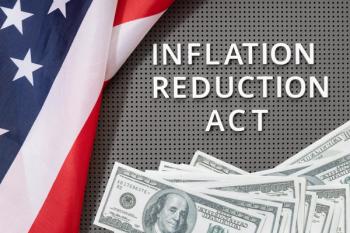
Study: COPD Patients with High Deductibles More Likely to Abandon Prescriptions
In high-deductible plans, patients had the highest out-of-pockets costs and abandoned and discontinued therapy at greater rates than other benefit designs.
High patient cost sharing influences the use of prescribed medicines for chronic obstructive pulmonary disease (COPD), according to a recent research letter
In this study, researchers, led by Bhavin Patel, Pharm.D., and Patrick Mayne, Ph.D., both with IQVIA, used IQVIA Longitudinal Access and Adjudication Data for claims for patients filling COPD prescriptions through commercial insurance between July 2017 and December 2019.
Researchers found that, of the 550,712 patients who filled branded COPD prescriptions, copay was the most prevalent benefit design (72.9%), followed by deductible (15.3%) and coinsurance (11.9%) But in high-deductible plans, patients had the highest out-of-pockets costs and abandoned and discontinued therapy at greater rates relative to other benefit designs.
Patients with deductibles faced average monthly out-of-pocket costs for COPD medications of $97, more than double that of coinsurance ($46) or copay ($31).
Abandonment was highest among patients with a deductible (17.7%) compared with coinsurance (11.9%) and copay (10.1%). At one year after the initial fill, the percentage of patients remaining on their initial therapy was lower for deductible (40.7%) and coinsurance (44.7%), relative to copay (47.7%). Among patients who abandoned treatment, 39% did not fill any COPD prescriptions.
“These findings illustrate how cost can intervene in clinical decision-making,” researcher wrote. “Drug coverage benefit designs must account for unintended clinical implications of placing cost responsibilities on patients."
Researchers noted that the study was limited to commercially insured patients who filled prescriptions. Socioeconomic factors, demographic factors, and health status, which play a critical role in drug cost affordability, were not included in this analysis and warrant further evaluation, they said.
This study was funded by Novartis.
Newsletter
Get the latest industry news, event updates, and more from Managed healthcare Executive.






















































